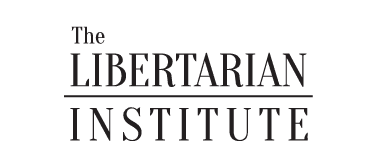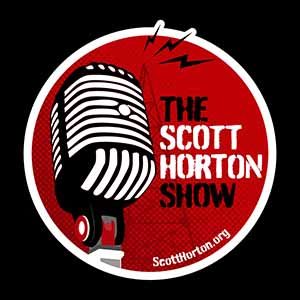With U.S. gross debt now at a staggering $37 trillion—roughly equivalent to the combined debt of all other major advanced economies—Washington is trapped in a fiscal doom loop of its own making. Decades of bipartisan overspending have pushed the nation to a point where a mere 1% increase in mean Treasury interest rates adds $370 billion to annual debt service costs. The arithmetic is unforgiving. Yet, Donald Trump’s second administration is doubling down, pursuing policies that risk accelerating the crisis.
Consider the following combination: President Trump’s push for the Federal Reserve to slash interest rates by as much as 3%, his aggressive mix of tax cuts, tariffs, and subsidies aimed at “reshoring” American manufacturing, his championing of increased military spending and expanded domestic outlays. Absent fanciful projections about growth rates, it is overwhelmingly likely that tax revenues would plummet while spending obligations soar, widening the already yawning fiscal gap.
Already the Committee for a Responsible Federal Budget (CRFB) estimates annual deficits of 6-7% percent of GDP over the next decade, regardless of which party controls Congress. Trump’s first term saw the national debt rise by $7.8 trillion, driven by the 2017 Tax Cuts and Jobs Act (TCJA), COVID spending, and bipartisan spending increases. Biden picked up where Trump left off, and Trump in his second term is promising more of the same, with proposals to extend the TCJA and cut corporate taxes further, potentially adding an additional $5 trillion to $11.2 trillion to the debt by 2035.
Those hoping the Federal Reserve will be able to do anything to help, including President Trump, are bound to be disappointed. In the case of hoping for lower interest rates to finance yet more spending, while the Fed does control short-term rates, longer-term yields are market-driven. Aggressive rate cuts could spark inflation fears, pushing up 10- and 30-year bond yields, as economists Ryan McMaken and Kenneth Rogoff have noted. Long-term rates will likely rise despite the cut. This dynamic is already evident, with markets resisting Fed dovishness by increasing Treasury borrowing costs.
The Fed faces a trap: tightening policy balloons debt service costs, while loosening invites market backlash, undermining the dollar and raising long-term rates. In 2024, net interest payments reached $879.9 billion, surpassing defense and Medicare spending. With the debt-to-GDP ratio at 119.4% in mid-2025, the Fed’s room to maneuver is shrinking.
Then there is the fading “Dollar Discount”: For decades, the dollar’s status as the world’s reserve currency has shaved 0.5 to 1% off annual Treasury borrowing costs. However, in an increasingly multipolar world—where China, Europe, and others are developing parallel payment systems and central banks are diversifying their holdings—this “exorbitant privilege” is at risk. The so-called “Mar-a-Lago Accord,” a rumored proposal for selective default on foreign-held debt, has heightened doubts about U.S. creditworthiness. Moody’s downgrade of the U.S. credit rating in 2025 cited unsustainable deficits and growing interest costs, warning that the debt-to-GDP ratio could hit 134% by 2035. Eroding confidence in the dollar will drive borrowing costs higher, compounding the crisis
History offers little comfort. The United States has defaulted before; in 1933, it repudiated gold clauses in contracts, forcing creditors to accept devalued dollars; in 1971, President Richard Nixon ended the dollar’s gold convertibility, abrogating Bretton Woods commitments. Both were partial defaults. Post-World War II, from 1945 to 1955, the Fed capped Treasury yields below market rates while inflation averaged nearly 5%, eroding bondholder wealth through financial repression. Today, policymakers may again resort to inflation or forced allocation of domestic savings to Treasuries—anything but running surpluses.
Then there is regime uncertainty. Trump’s erratic policies sabotage the stability business planners need to drive the economic growth the president’s own policy advisers’ plans are relying on to bail them out. His up and down, on again off again tariffs, while aimed at boosting domestic industry, raise costs for consumers and businesses, with estimates suggesting a 9.1% price hike for American goods by 2028 and declining global competitiveness. Combined with mass deportation plans, which could reduce GDP growth by 0.5% in 2025, these policies discourage long-term investment.
At $37 trillion, with debt service costs rising and foreign confidence waning, the United States is cornered. The CBO projects debt reaching 118% of GDP by 2035 under current policies, but Trump’s agenda could push it to 132–149%. A technical, partial, or outright default—whether through inflation, repression, or repudiation—seems inevitable. The simplest solution of balanced budgets and debt reduction is politically untenable. Both parties have fueled this crisis through entitlements, wars, and fiscal neglect, and Trump’s mix of tax cuts, tariffs, spending hikes, and push for cheaper money will act as an accelerant, hastening the reckoning.
As in the 1930s, 1940s, and 1970s, Washington may escape through default—by decree, stealth inflation, or financial repression. Yet, as the wealthiest nation on earth, the United States could choose discipline over denial. Without confronting its spending addiction, however, Americans should brace for a crisis. It’s not a question of if, but when. Because this time is not different.
















